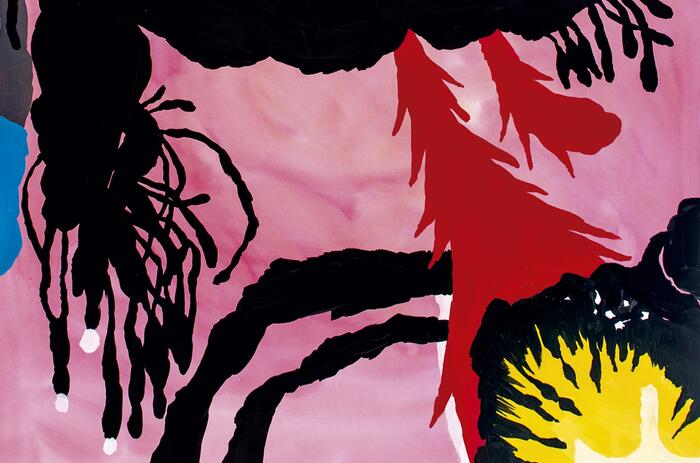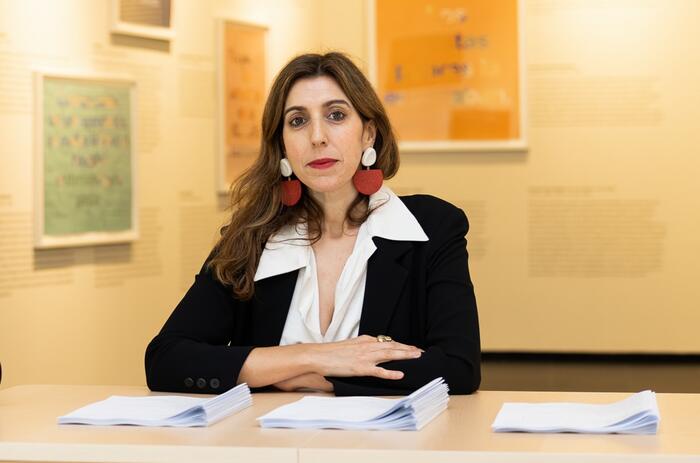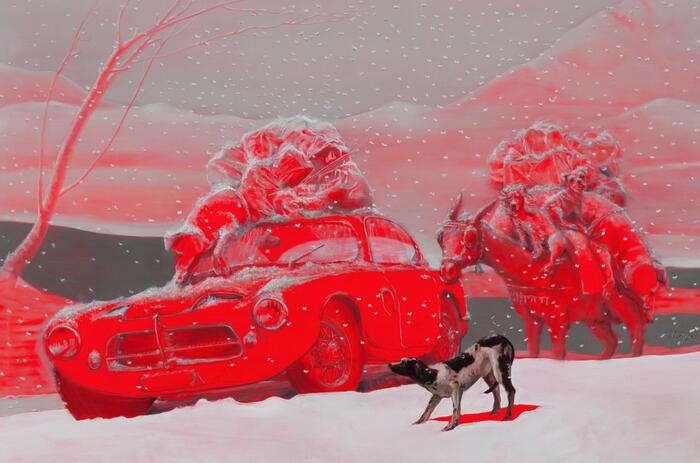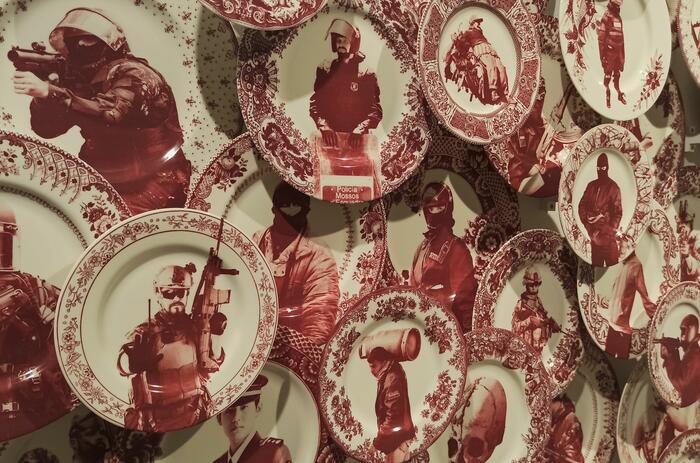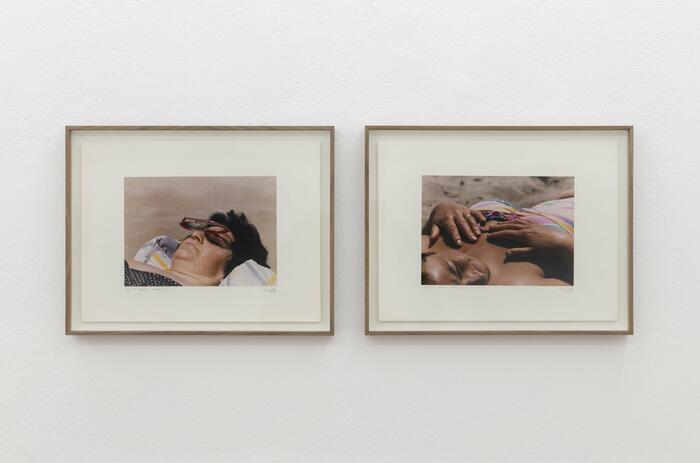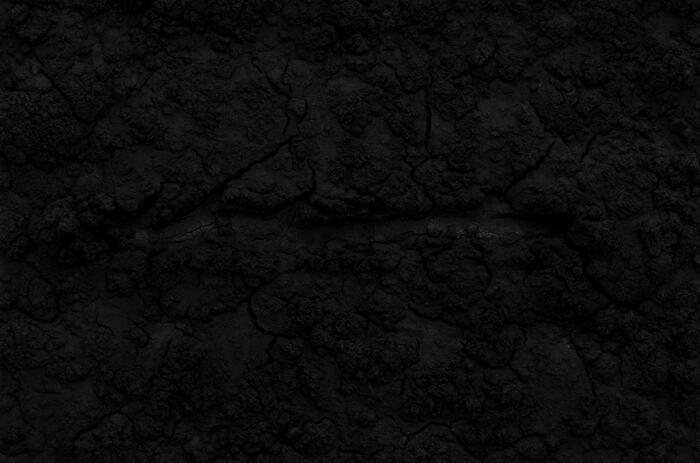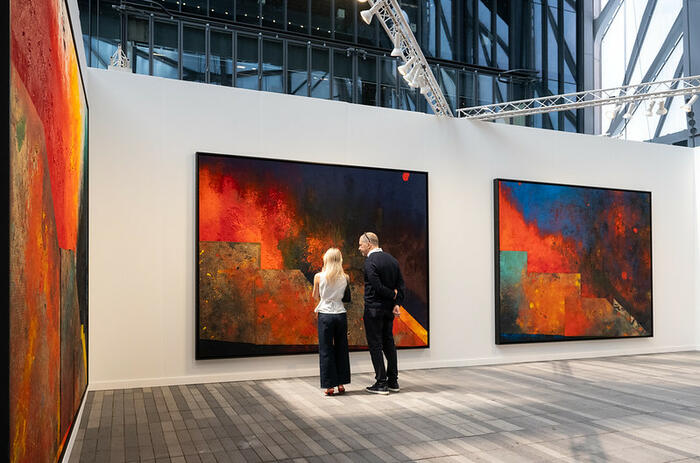CHAOS THEORY AT THE GUGGENHEIM BILBAO
The Guggenheim Museum Bilbao presents Metahaven. Chaos Theory. This is the first exhibition of the year in the Film & Video room, a space that the Museum dedicates entirely to video art, audiovisual installation and moving image as artistic languages, and which celebrates its tenth anniversary in 2024.
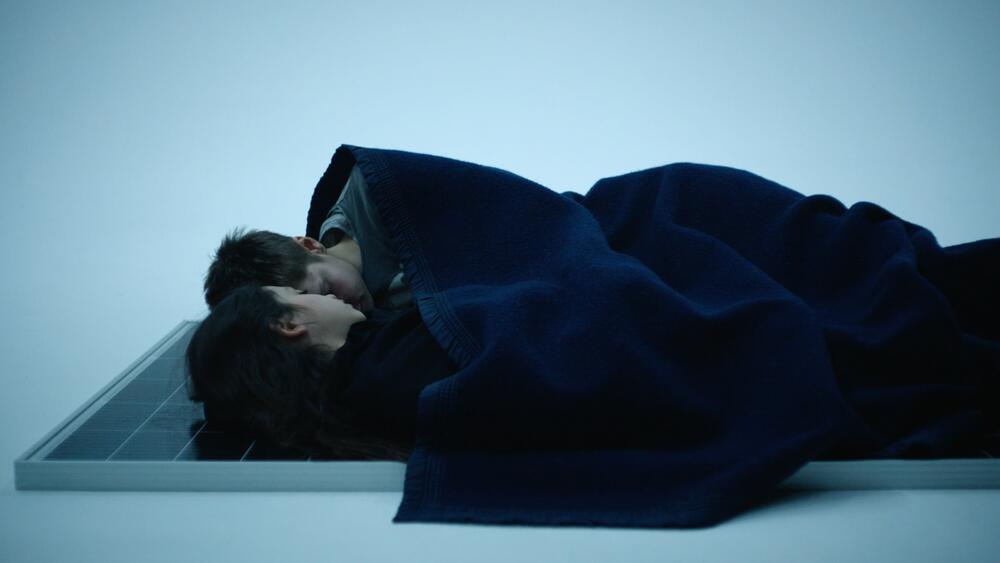
A unique film installation by Metahaven, an Amsterdam-based collective founded by artists Vinca Kruk and Daniel van der Velden in 2007, is presented. Encompassing a variety of media including moving images, graphic design, user interfaces, textile works and theoretical discourse, Metahaven is considered a forerunner of interdisciplinary practice today.
In Chaos Theory, Metahaven addresses the complexity of human relationships in a hyper-connected world, where every moment is fraught with calculations and predictions, but where the improbable and unexpected keep popping up constantly, forcing people to adapt and transform. The 25-minute film takes the perspective of childhood and revolves around various moments of dialogue and coexistence of a girl named 'X' (Valentina Di Mondo) and an adult woman named 'Y/Z' (Georgina Dávid), characters whose relationship is not defined and who are united by tenderness, protection and games. Their conversations, full of poetic resonances and witty puns, take as a setting certain open space of the urban periphery: the exit of a school or more intimate places, such as an elevator or a room. All of them have a marked allegorical and dreamlike quality, and foster the sensation of continuity between waking and dreaming that runs through the entire film. Intertwining the looseness of playing with discussions of existential time and gravity, Chaos Theory operates as a non-linear story and defies the divisions between thoughts and voices, places and fantasy zones.
Shot on the outskirts of Amsterdam, the film accentuates the contrasting landscape of infrastructure and urban dwellings with an open-ended poetics and structure. Thus, the composition of the image sometimes presents multiple points of view or screens within the screen, outlining one of them in red when a new motif appears, in the manner of a videoconference. On a spatial level, the installation of the work in the main gallery includes, in an unprecedented way, a large textile piece that allows visitors to interact materially with the motifs and textures presented in the film. Data and vector graphics blend into a dense wool texture that might be reminiscent of common public transportation tapestry and offers a counterpoint to the conventional experience of immersive environments.
In the entrance hall, the Metahaven film piece is related to a multiplicity of smaller textile works that the artists understand as equivalent to film stills. Thus, the presentation of Chaos Theory is complemented and expanded by a selection of embroideries made digitally over the past four years, some of which are being exhibited for the first time. These series - Arrows (2020), Flowers (2021), Bus Seats (2023), and Murmurations (2024) - include a series of loom-intervened tracksuit jackets, as well as plastic bags and small tapestries that resemble samples of bus upholstery. Alongside them are the triptychs Living Together in Stories (2022) and the single jacquard Versions and Waves (2020). Juxtaposing dreamscapes, bird murmurs, interfaces, and geographies, Chaos Theory invites us to challenge our certainties and imagine a future defined by empathy, fluid identity, and interdependence.
Amsterdam-based Vinca Kruk (1980) and Daniel van der Velde (1971) founded the Metahaven collective in 2007. Their work spans film, writing, graphic and textile design, poetry and installation, and has been part of numerous international exhibitions, including solo presentations at institutions such as ICA, London; MOMA PS1, New York; Izolyatsia Foundation, Kiev; State of Concept, Athens; Yerba Buena Center for the Arts, San Francisco; Stedelijk Museum, Amsterdam; Asakusa, Tokyo; or Tick Tack, Antwerp. In addition, the collective has participated in important group exhibitions at Artists Space, New York; Museum of Modern Art, Warsaw; Gwangju Biennial; Sharjah Biennial; Busan Biennial; Ghost:2561, Bangkok; among others. Metahaven's works are in the collections of important institutions such as Sharjah Art Foundation, National Gallery of Victoria, M HKA, Victoria & Albert Museum, or Stedelijk Museum Amsterdam.

